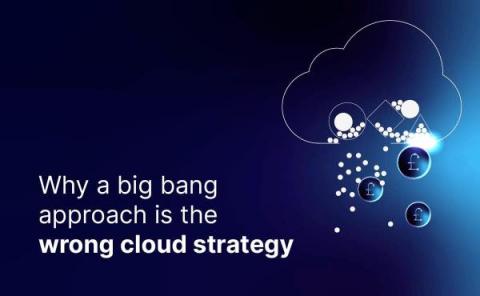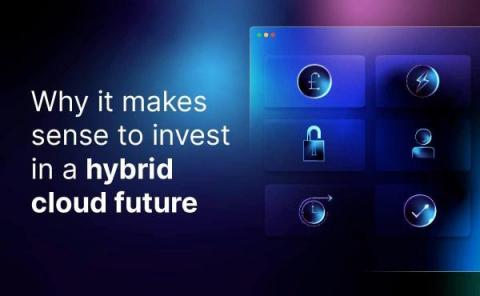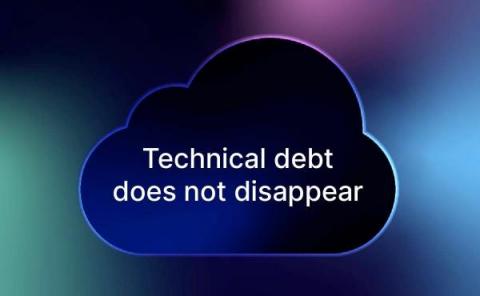Data Center Redundancy 101
The world depends on data centers in all aspects of daily life. To meet all-time high levels of demand that continue to grow with no end in sight, downtime is unacceptable for most organizations. The cost of downtime is rising and 40% of businesses report that just one hour of downtime can cost anywhere from $1 million to $5 million, not including the other associated fees. Large companies report that an interruption during peak business hours can cost almost $1 million per minute.








